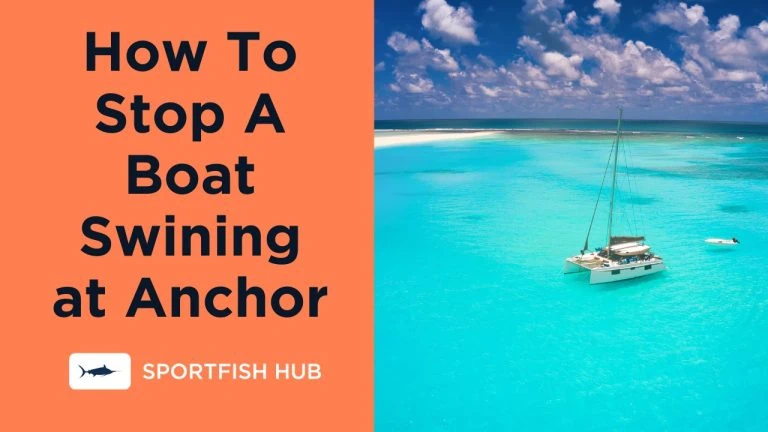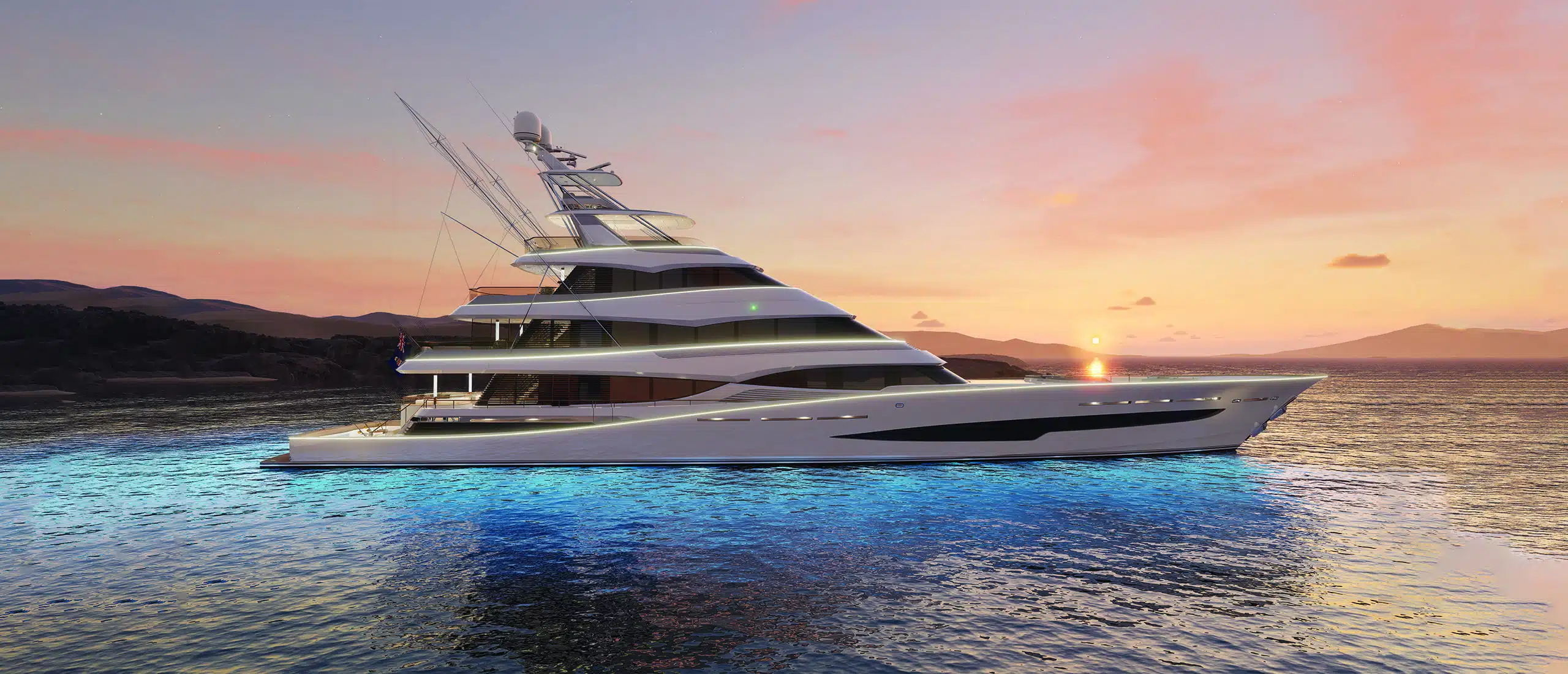Boat swinging, also known as anchor swinging or sailboat swinging, occurs when a boat moves in a circular motion around its anchor point due to changes in wind or current.
When a boat swings, it can be unsettling for novice boaters and lead to potential hazards, such as collisions with nearby boats or even running aground.
In this short article, I’ll explain why a boat swings at anchor and provide a few popular methods to minimize its effects.
See also: How to set your anchor
Causes of Boat Swinging
When a boat swings, it can be unsettling for novice boaters and lead to potential hazards, such as collisions with nearby boats or running aground. In this section, we will explain why boats swing at anchor and provide methods to minimize its effects.
See also: How to anchor a boat overnight.
Methods to Minimize Swinging
- Use the right anchor and rode: Ensure you have an appropriate anchor for the seabed type and a rode with a proper scope (typically 5:1 to 7:1) to maximize holding power.
- Set a second anchor: Deploying a second anchor at a different angle from the first can help stabilize your boat and minimize swinging. This method is known as Bahamian mooring or two-anchor mooring.
- Use a bridle: A bridle is a line attached to two points on your boat’s bow and connected to the anchor rode. It distributes the load and can help keep the boat head into the wind or current, reducing swinging.
- Reduce windage: Minimize the wind resistance of your boat by lowering sails, sail covers, and biminis or removing any unnecessary items on deck.
- Choose a good anchorage: Select an anchorage with natural protection from wind and current, such as a cove or bay, and ensure there is ample space between you and other anchored boats.











